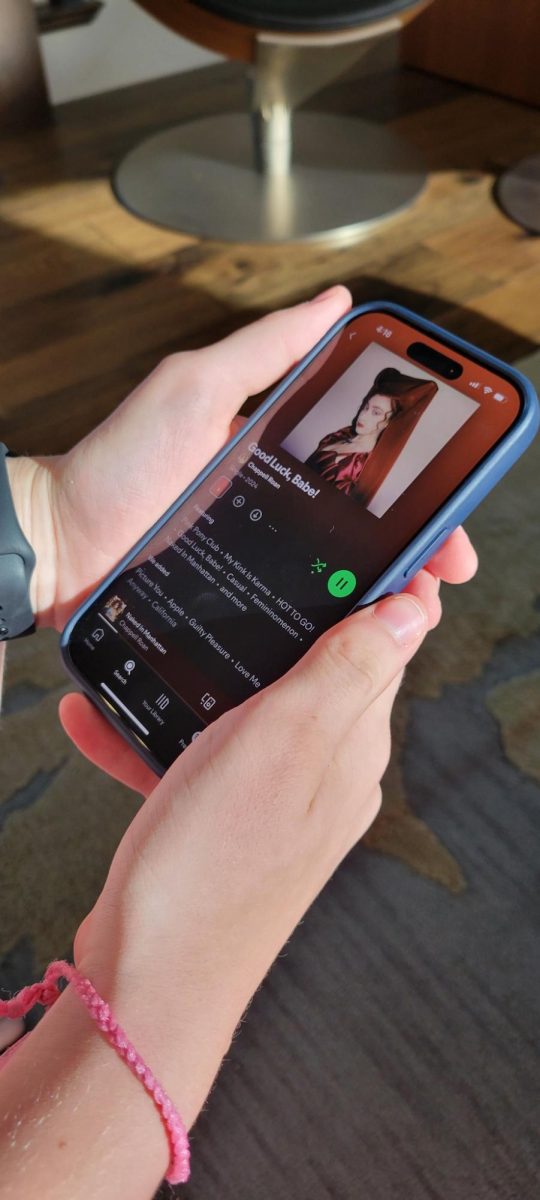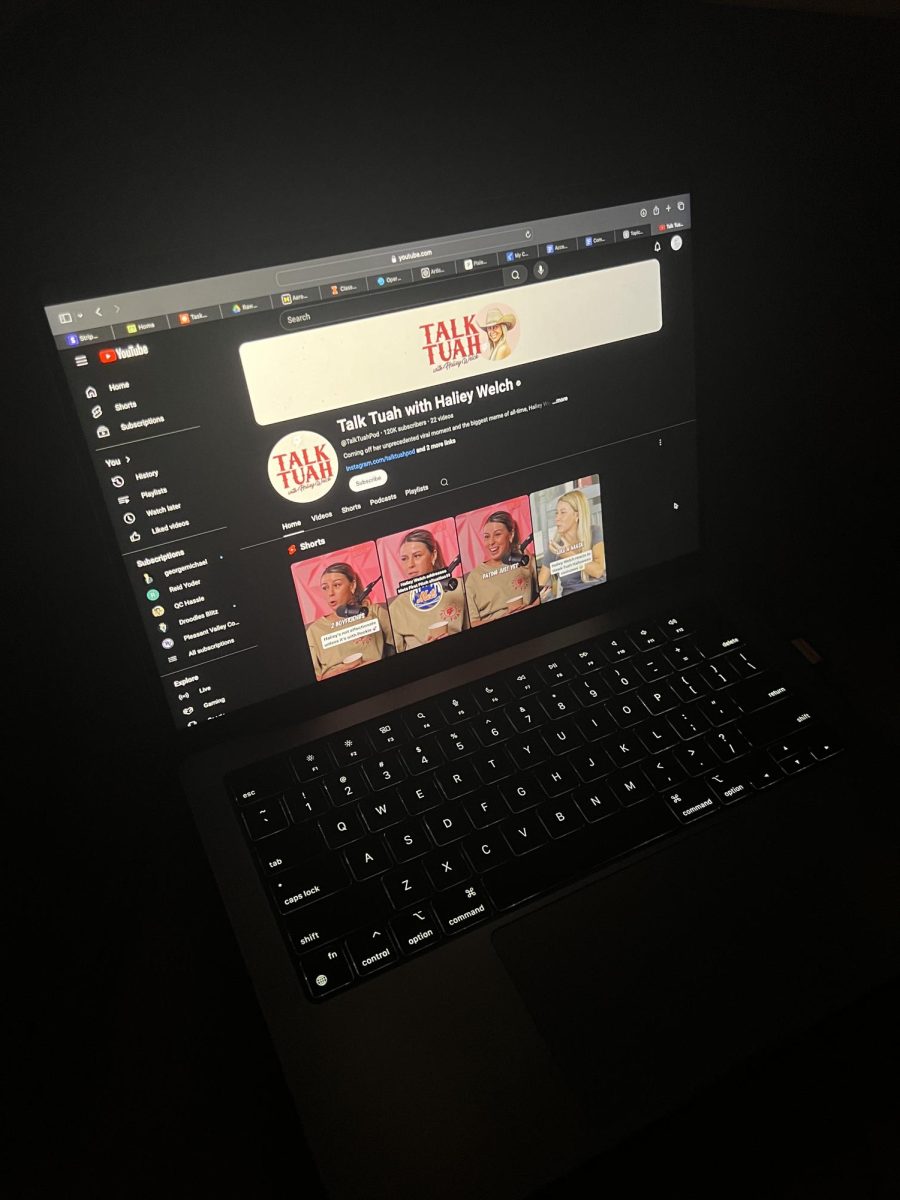Greta Gerwig has based her career on her ability to capture life in vignettes; her filmography is a scrapbook of stories that each reveal a different aspect of the lives of middle-class, millennial America. As an aspiring dancer in “Frances Ha”, an aspiring restauranteer in “Mistress America”, and an aspiring photographer in “20th Century Women”, Gerwig represents a generation caught between generations.
With her first solo directorial effort, Gerwig proves herself to be perhaps even more of a tour-de-force behind the camera than she is in front of it. “Lady Bird”, already heralded as one of the best coming-of-age films in recent memory, is a love letter to Gerwig’s youth, a poignant semi-autobiographical glimpse into the realities of growing up in the midst of suburbia during economic crisis. While the film is technically spectacular, its heart stems from the honest, brutal love that is portrayed with the gentle passion of someone who pays attention to what matters.
Paying attention is the central mantra of the film. In response to her Catholic school principal’s comment about her apparent love of her hometown of Sacramento, Christine McPherson — who prefers to go by her self-appointed name “Lady Bird” — offers a meek response: “I guess I pay attention.” This love, which was hidden from both Lady Bird (Saoirse Ronan) and the audience until this moment, is the emotional core of the film, the offhand piece of dialogue that goes onto define the film. Love is, as the sister asserts, often synonymous with attention.
Attention is exactly what Gerwig brings to the table with this piece: attention to the lovely little details that make “Lady Bird” and her fictionalized Sacramento so intricately sentimental and beautiful. “Lady Bird” succeeds in creating an atmosphere rich in character development and emotion through an acute attention to detail. From the soundtrack — another lovingly created ode to early 00s pop — to the historical positioning of the film, in the wake of economic crisis and a faraway war, “Lady Bird” captures the zeitgeist of the early 21st century, situating itself as the first true period piece of the era.
To capture an era so wholly in 93 minutes is a feat “Lady Bird” accomplishes through a number of stylistic techniques. The camera-work is subtly adept, sentimental and nostalgic with pink and orange tones and a grain that was meant to resemble Xerox color copies. With a dreamy cinematic aura, the film resembles a memory of a time gone-by, like a childhood seen through Polaroids. Never focused too heavily on subjects which would spread the film too thin, the impacts of events like 9/11 are seen in the backdrop of the entire environment such as on walls in the form of posters or in the gossip of students. Timely without being dominating, Gerwig toes the line between political relevance and overbearance in order to create the most engrossing atmosphere.
To populate the world Gerwig created for them is a cast of characters which so naturally fills the space that it feels as though they truly belong. Saoirse Ronan as Lady Bird is a marvel: Her fluid transformation into Christine “Lady Bird” McPherson is one of the strongest performances of the year. With the bravado of teenagery and the vulnerability of youth, Ronan perfectly encapsulates what makes “Lady Bird” stand out from its contemporaries with her nuance.
In addition to the lovely Ronan, the cast of younger actors — namely Timothée Chalamet as Kyle, Lucas Hedges as Danny, Beanie Feldstein as Julie, and Odeya Rush as Jenna — masterfully navigates youth and suburbia with just the right amount of wit and angst. The adult cast members, and specifically Laurie Metcalf as Marion McPherson and Tracy Letts as Larry McPherson, are expertly written manifestations of cultural anxiety and generational burdens. Gerwig’s mastery is clear with her characterization as no character is left one-dimensional in any manner. Each character is presented with a clear trajectory.
At a Sacramento premiere, Gerwig described her film as a “love letter to Sacramento,” but it is more. It is a love letter to youth and its existential cry, to artistry as a life-force, and to love itself as seen through its relationships. It is a love letter to the girls with faded strawberry-red hair and to the Un-Cool and the Cool kids of high school.
It is a love letter to cinema.









